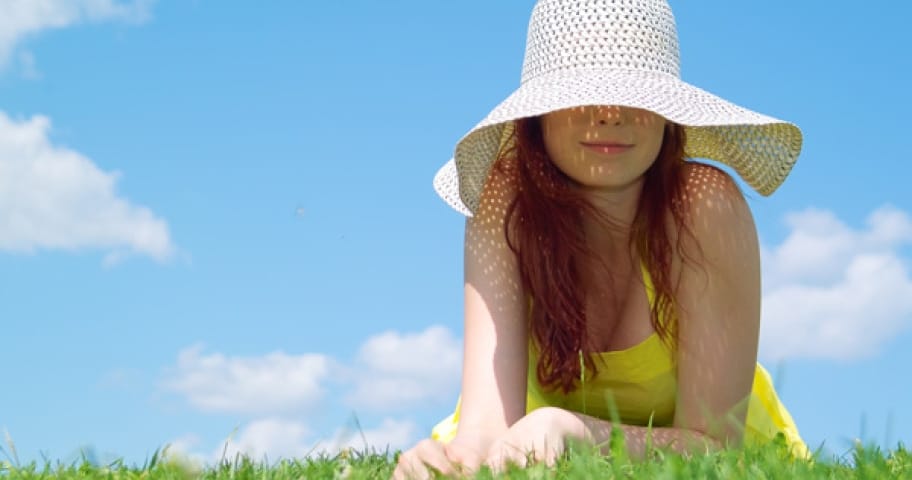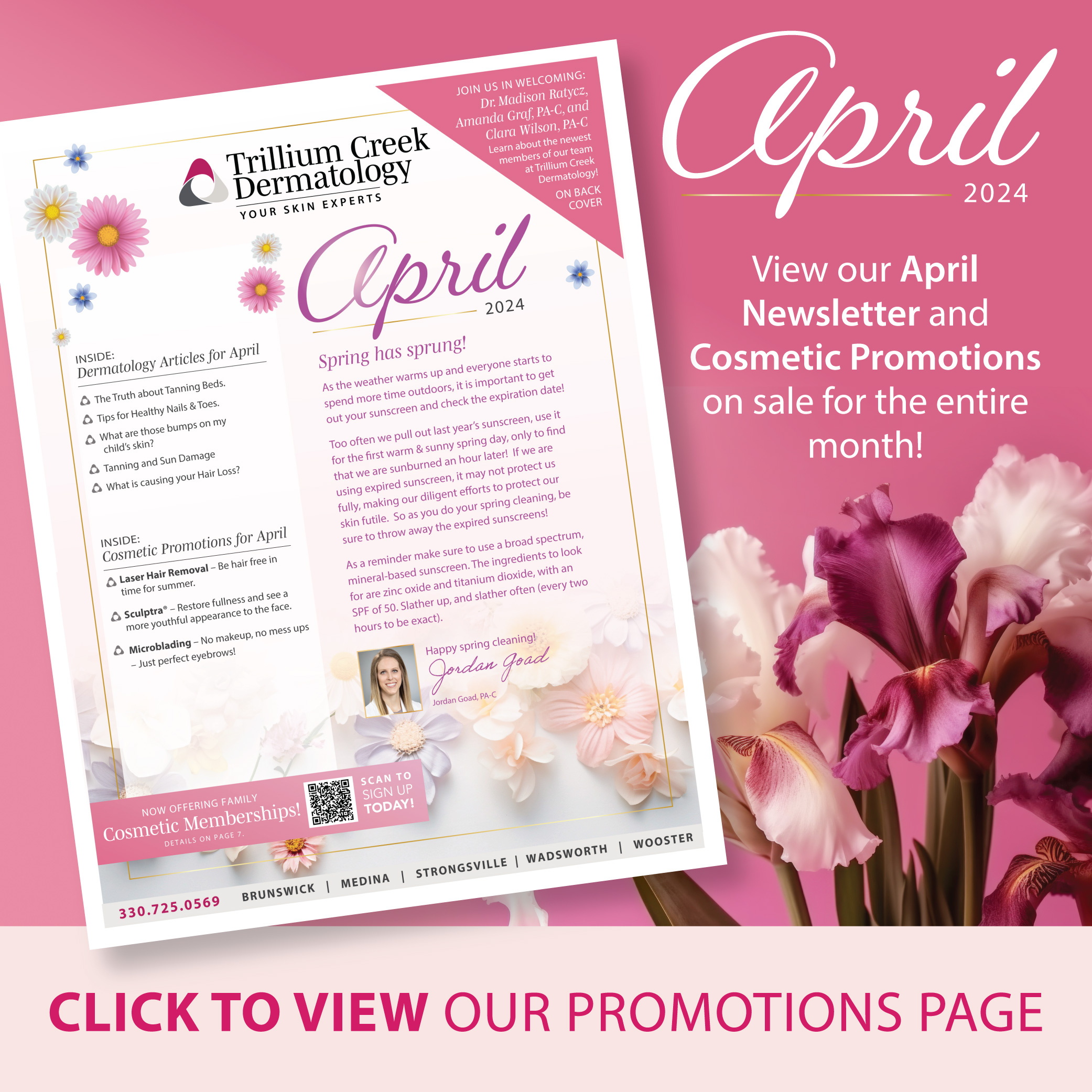
Enjoy the Summer While Protecting Your Skin From Harmful UVA/UVB Rays
The sun is no friend to your skin and there is no such thing as “safe sun exposure.”
While skin cancer is by far the most serious consequence of over-dyspigmentation, brown or “liver” spots known as “solar lentigos” and freckling, or loss of pigment known as “guttate hypomelanosis,” poikiloderma (a combination of increased reticulated pigment and reddening on the chest and neck with thinning of the skin), atrophy (thinning of the skin), scarring and actinic pupura (type of bruising caused by thinning of the skin) as well as wrinkling as it breaks down collagen and elastin.
People need to change their philosophy about sun exposure. One can enjoy summer and sunny weather; but stay out of the sun. It’s not about putting on sunscreen then going out and having a good time. It is about sun avoidance, especially between 10 a.m. and 4 p.m. Sun damage is cumulative; there is no way to turn back the body’s “odometer” of sun damage. There are ways to minimize the appearance of sun damage, but once there, it cannot be reversed.
Daily sunscreen applications with a product with sun protection factor (SPF) of 30 or more are a must. Since the sun breaks down the protective ingredients in sunscreen, it’s important to remember to reapply sunscreen every two hours.
Sunscreen and SPF
Sunscreens are chemical and physical agents that help prevent the sun’s ultraviolet radiation from reaching the skin. There are two types of ultraviolet radiation – UVB and UVA. UVB is the chief culprit behind sunburn, while UVA rays penetrate the skin more deeply and are associated more with skin wrinkling and sagging. They also exacerbate the carcinogenic effects of UVB rays, and increasingly are being seen as a cause of skin cancer on their own, according to the Skin Cancer Foundation.
Sunscreens vary in their ability to protect against UVA/UVB rays.
Sun protection factor (SPF), is the measure of a sunscreen’s ability to prevent UVB from damaging the skin. SPF does not measure the ability to prevent damage from UVA. According to the Skin Cancer Foundation, if it takes 20 minutes for unprotected skin to start to redden, using an SPF 50 sunscreen theoretically prevents reddening 15x longer, or about five hours.
At Trillium Creek, we suggest to our patients no lower than an SPF of 30 sunscreen.
If you want that “just-back–from-the-islands” golden brown look, opt instead for spray tans or self-tanners.


